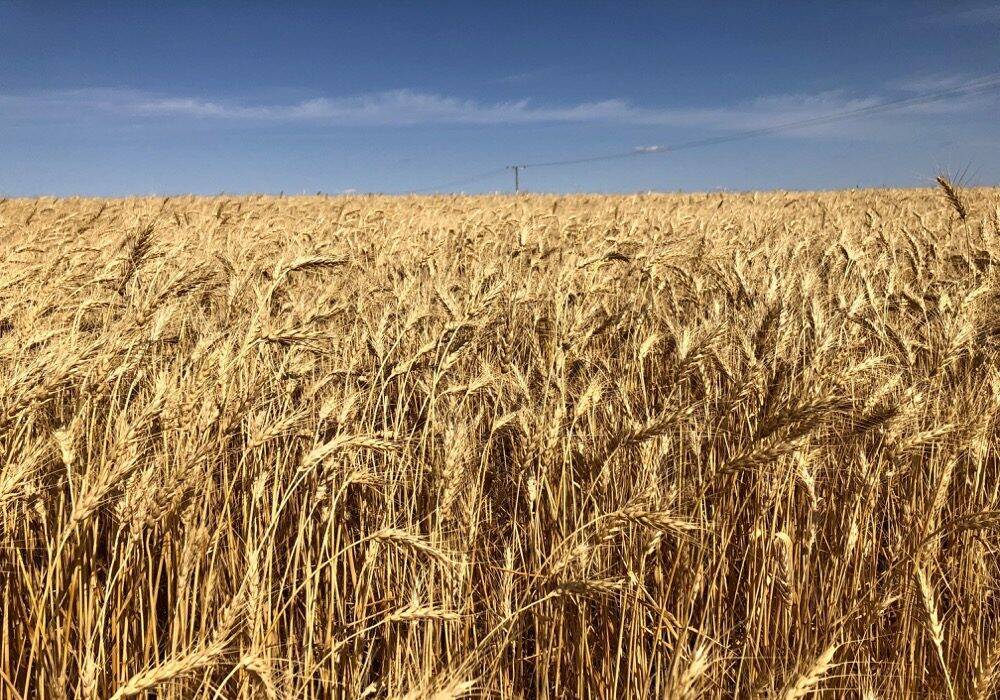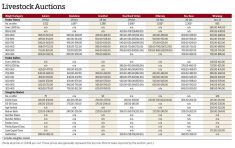Despite the global tariff chaos in the background, canola futures in April seemed to weather the storm in a steady uptrend as tightening supply projections and the need to ration demand provide support.
But same can’t be said for Canada’s largest crop: wheat.
Both the futures and Prairie cash bids for wheat have found themselves under pressure, with little supportive news on the horizon.
Read Also

The long march to autonomy
The big players in the machinery market keep adding pieces towards autonomous vehicles for farming, but how far away is a final product?
Wheat futures charts have been hard pressed to see much momentum on any rally attempts. Spring wheat hovers around the US$6.00 per bushel area and hard red winter wheat is about 50 cents below that.
July spring wheat is stuck in a range between US$5.75 to US$6.50 per bushel, while hard red winter wheat is at the bottom of a range from US$5.40 to US$6.25. Chicago soft wheat finds itself in a sideways range between roughly US$5.20 to US$6.20 in the July contract.
North America: The general bearishness pervading the wheat market comes despite both recent downgrades in quality rating for the U.S. winter wheat crop and a smaller acreage base. Quality ratings dipped to 45 per cent good-to-excellent in the latest weekly report. Conditions are expected to improve though, with enough moisture in the long-range forecasts to limit weather concerns.

Total U.S. area of spring and winter wheat combined is forecast to be down two per cent from 2024 at 45.4 million acres (18.37 million hectares). That would be the second lowest on records going back to 1919.
Canada: There’s a long growing season ahead for Canada’s wheat crop, but the early call from Statistics Canada is for planted area to be up 2.6 per cent from 2025 at 24.5 million acres (9.9 million hectares). However, the latest strength in canola futures and relative weakness in wheat bids may see a few last-minute acreage shifts.
Europe: European wheat futures hit contract lows in late April, acting as an anchor on North American prices. Much of the weakness there was tied to improving crop prospects.
Crop monitoring service MARS raised its forecast for this year’s soft wheat yield in the European Union. It’s now estimating average soft wheat yields at 6.03 tonnes per hectare. That would be up eight per cent from 2024, when heavy rains damaged fields and gave France its smallest wheat crop in four decades.
The European Commission released its own production estimates on April 24, estimating the 2025 EU common wheat crop at 126.5 million tonnes. While that was down by 200,000 tonnes from its initial outlook in March, it would still be up nearly 15 million tonnes on the year.

Russia/Ukraine: Weather conditions were mostly favourable for development of winter and spring grains in most of Ukraine, according to state meteorologists. Ukrainian farmers are actively sowing spring crops, although the harvest will depend on heat and moisture through the growing season.
However, overall production from the war-torn country will still be down. The U.S. Department of Agriculture’s attaché in Kyiv estimated the 2025/26 Ukrainian wheat crop at only 17.9 million tonnes. That would be a 13-year low and down 23 per cent from last year. However, other forecasters remain more optimistic on the size of Ukraine’s wheat crop and are still calling for an increase on the year due to improving weather.
Meanwhile, Russian agencies forecast the 2025/26 crop in the range of about 80-85 million tonnes.
Actual production on the higher end of projections for either country would be bearish for world markets, while smaller crops could underpin prices.
Argentina: The announcement of a bumper wheat crop from Argentina added pressure to markets. Argentina’s wheat harvest in the 2025/26 season could grow by 10 per cent compared to last year and reach 20.5 million tonnes, said an economist with the Buenos Aires Grain Exchange. That would be the second-largest wheat crop in history for the country. The main factors behind the growth were favorable weather conditions, improved soil moisture and lower production costs.
Argentina is a major world wheat exporter. While heavy rains delayed the soybean harvest in March and April, the moisture was said to be ideal for seeding the next wheat crop.















